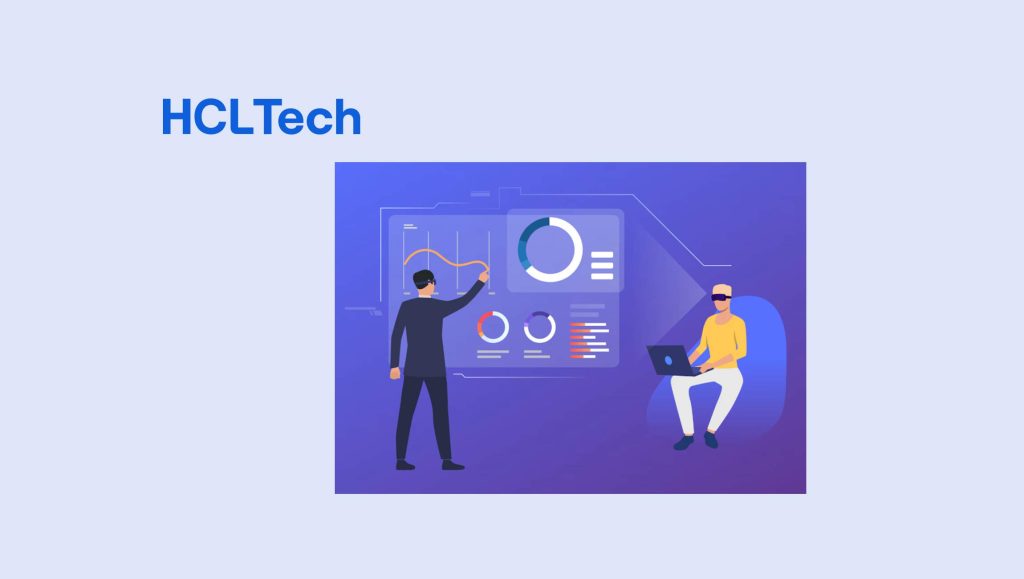The demise of cookies is a big challenge for the industry, but also a huge opportunity for innovative marketers to really engage their audience. Andraz Tori, Head of Recommendations and Data Science for Outbrain explores how marketers can use new behaviour to draw people into their advertising.
___
The great fear for many marketers as we head boldly into 2021, after a year that threw a lot of spanners into the works, is the upcoming removal of cookies from Google Chrome, the last of the web browsers to support that collection of third party data.
This change to how we track users is going to cause shockwaves through the industry – it is estimated to be used by around three billion people globally. But that doesn’t mean this update will be a bad thing.
Cookies made everything straight forward. It was easier to address audiences at the right time and harvest that third-party data. Now we have to get creative to make up for that signal loss.
Read More: SalesTechStar Interview With Helena Gamvros, Head Of Digital Sales South East Asia & Greater…
Consequently, we’re heading into a Cambrian Explosion of new types of targeting and storytelling. It’s a very different world we’re about to enter into, but luckily we have time to plan and prepare.
We can expect there to be two paths we take following the deprecation of cookies:
- We as an industry need to go deeper on first party data. Data collected from emails in the meantime is going to be the most important to harvest. I expect we’re going to see a lot of new technical solutions surrounding how you implement data across your different marketing channels.
- Testing and learning will be crucial when there isn’t anything we can do to identify users precisely. In light of that, we can expect more A/B testing and experimentation with solutions using second-party data and seeing what results we get back. From there we will start to see what’s important to look for following the removal of cookies and what isn’t.
I also think we’re going to see a big step up in native’s role in advertising. Storytelling is now becoming much more important as it won’t be as easy to find users at exactly the right time.
Now we’re going to have to pull the user into our story, which means we will have to look at presenting it in different stages of the user journey and ensure the message is relevant.
The reality is that we have had some time already to prepare for this change, and luckily COVID-19 has pushed away this transition a bit. But the main issue is that we don’t know what the world is going to look like when these changes do happen in 2021. It’s key to look at how the technology providers will integrate new approaches, but there is still mass uncertainty around what that will look like.
This means flexibility is vital. We now need to be very attentive, see what is actually happening and where it’s happening. From there we can take advantage of this opportunity quickly, which will drive innovation for the next year.
One exciting development over the last year, for example, was New York Times offering a different type of contextual targeting than we were used to. It started targeting readers with emotion-based targeting, which was appealing to advertisers looking for better ways to target readers.
Read More: Prime And Synerzip Join Hands To Accelerate Digital Transformation
Labeled ‘Project Feels’, it is a product that matches ads to people based on emotion, which The New York Times knew it had a big space to exploit because of the breadth and depth of its content. Users lingering on a certain categorised emotion of a story, such as ‘confident’, ‘inspiring’, ‘sadness’ or ‘hate’ would then be matched up with an advertisement that fit into those categories.
The New York Times is using this new technology to push the envelope and extend the definition of contextual targeting. It is trailblazing to target attributes that have never before been possible; emotions, controversy and social engagement.
Now with proper storytelling we can target users based around emotions and feelings, such as a live sports event or concert, and see whether these particular pieces of content make people more enthusiastic about the future, or more careful.
Looking forward, we know users are less likely to click on ads that don’t make sense or don’t mean anything to them. This means the behaviour of the user on publisher sites is going to be much more of a focus in future. This includes how fast users are reading articles and dwell time on certain sites, as this shows a level of engagement marketers will now be looking for.
This new type of targeting based on behaviour that happened immediately before the ad is served is going to be fascinating to watch.
Cookies might have provided a scattergun approach to targeting audiences, but now we look forward to a different future. One where marketers and brands will need to work harder to know their users personally, and to find out what type of engagement works best through testing this new landscape.
Read More: SalesTechStar Interview With Steve Bryerton, Vice President, Sales At ZoomInfo
Catch our latest Podcasts!




















